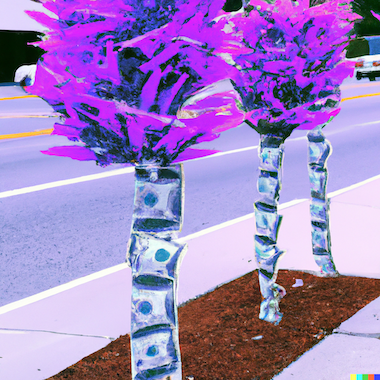Tree canopies, urban green amenities and the residential real estate market: Remote sensing and spatial hedonic applications to Lisbon, Portugal
11th Meeting of the Urban Economics Association, 2016
Franco, Sofia F., and Jacob L. Macdonald. (2016). "Tree canopies, urban green amenities and the residential real estate market: Remote sensing and spatial hedonic applications to Lisbon, Portugal" 11th Meeting of the Urban Economics Association
https://urbaneconomics.org/meetings/uea2016/program.html

Abstract
This paper explores the use of remote sensing techniques and hedonic pricing methods for the valuation of urban green amenities and in particular street trees. The classification and study of these amenities in an urban area is challenged by the high level of spatially detailed data required. While tree canopies are important not only for their aesthetics and ecological benefits, it is difficult to obtain such data to be used for informed policy discussions. A classification algorithm is tested and applied to high resolution aerial photographs of Lisbon to assess the usage of remote sensing techniques for the detection of tree canopies in the city. Results indicate that 8% of Lisbon is covered with tree canopy with a high accuracy rate of approximately 90%.
We further explore how the heterogeneity of urban green amenities influence the residential real estate market under the hedonic valuation framework with a spatial error specification, focusing on the impact of parks, urban forests, cemeteries, playgrounds and Monsanto Forest Park. Results indicate that different types of green spaces are valued differently and further that there is varying effects in how the real estate market values different types of street trees. Residential real estate capitalizes these trees based on their heterogeneous characteristics such as foliage type and location, with results showing that trees have significant positive amenity values in mitigating flood risk in the urban area. This highlights the importance in considering how different trees are contextualized in an urban environment.
Remote sensing techniques of tree canopies are thus worthwhile in providing additional dimensions from which urban green amenities can be valued via the hedonic framework. In this way, our findings contribute to the broader debate on applying remote sensing and hedonic pricing to the valuation of ecosystem and environmental services and to assess strategies to increase the level of greenness within urban areas.
